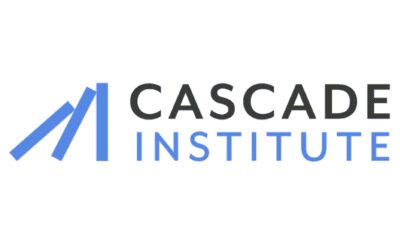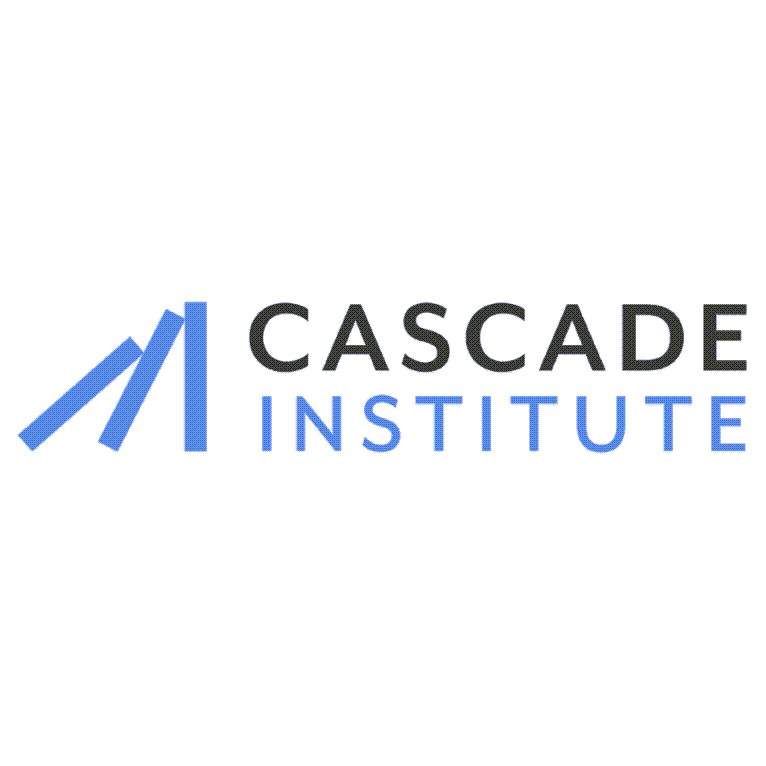by Dr. Michael Lawrence at The Cascade Institute….. In this framework, a global crisis arises when one or more fast-moving trigger events combines with slow-moving stresses to push a global system out of its established equilibrium and into a volatile and harmful state of disequilibrium. We then identify three causal pathways—common stresses, domino effects, and inter-systemic feedbacks—that can connect multiple global systems to produce synchronized crises.
Thinking long-term about infrastructure
by School of International Futures…75 years is a long enough period of time for the world to change in ways that are unanticipated. For this reason, scenarios that take a longer term view should have within them elements that are genuinely discomfiting.
They asked an A.I. chatbot questions. The answers sent them spiraling.
by Kashmir Hill in The New York Times…Generative A.I. chatbots are going down conspiratorial rabbit holes and endorsing wild, mystical belief systems. For some people, conversations with the technology can deeply distort reality.
On r/collapse, people are ‘kept abreast of the latest doom’. Its moderators say it’s not for everyone
by Sam Wolfson in The Guardian…‘This is the idea of catabolic collapse: that what we’re living through is a series of crises … It’s not going to be a sudden event.’ A subreddit tracking apocalyptic news in a calm, logical way comforts users who believe the end times are now
The business of betting on catastrophe
by Susan Erikson in MIT Press…World Bank pandemic bonds paid out only after death tolls passed a threshold. They’re part of a booming market where investors turn calamity into capital.
Can we see our future in China’s cameras?
by Megan K. Stack in The New York Times…It’s not that our government is using the surveillance infrastructure in the same manner as China. It’s that, as far as the technology goes, it could.
Global wheat yields would be ‘10%’ higher without climate change
by Orla Dwyer in Carbon Brief…Climate science has “done a remarkable job of anticipating global impacts on the main grains and we should continue to rely on this science to guide policy decisions”, Lobell, the lead study author, says in a press release.
He adds that there may be “blind spots” on specialised crops, such as coffee, cocoa, oranges and olives, which “don’t have as much modelling” as key commodity crops, noting:
“All these have been seeing supply challenges and price increases. These matter less for food security, but may be more eye-catching for consumers who might not otherwise care about climate change.”
Q&A with Jason Pruet
by Kyle Dickman in Los Alamos National Laboratory…For a variety of reasons, government support for big science has been eroding since then. Now, AI is starting to feel like the next great foundation for scientific progress. Big companies are spending billions on large machines, but the buy-in costs of working at the frontiers of AI are so high that no university has the exascale-class machines needed to run the latest AI models. We’re at a place now where we, meaning the government, can revitalize that pact by investing in the infrastructure to study AI for the public good.
The impunity of the unscathed: Risk, elite security, and the rage of MAGA populism
by Nils Gilman in Small Precautions…MAGA, in its rawest form, embodies the fury of those who feel that the burden of these risks has been disproportionately offloaded onto them, while the beneficiaries of the modern system — the “elites” — remain largely untouched. Consider the climate change debate: for many in the MAGA base, the imposition of green policies is perceived as a direct attack on their livelihoods, a demand by scientific and intellectual elites that they make personal sacrifices for a problem they feel they did not create (and which may not even exist, according to many of them) and which are not a burden for those advocating for the changes.
Reading Octavia Butler in a time of change
by Shady Grove Oliver in AfroLAnews.org…Through her writing, Butler models the concept of having a found family – people one chooses to surround themself with for security and companionship. She demonstrates how small acts of kindness and acceptance can have a ripple effect.
Navigating complexity: Embracing the human pace
by Dark Matter Labs on Medium…Many-to-Many is designed for groups who want to collaborate to solve complex challenges but require new ideas about value, ownership, and power.



